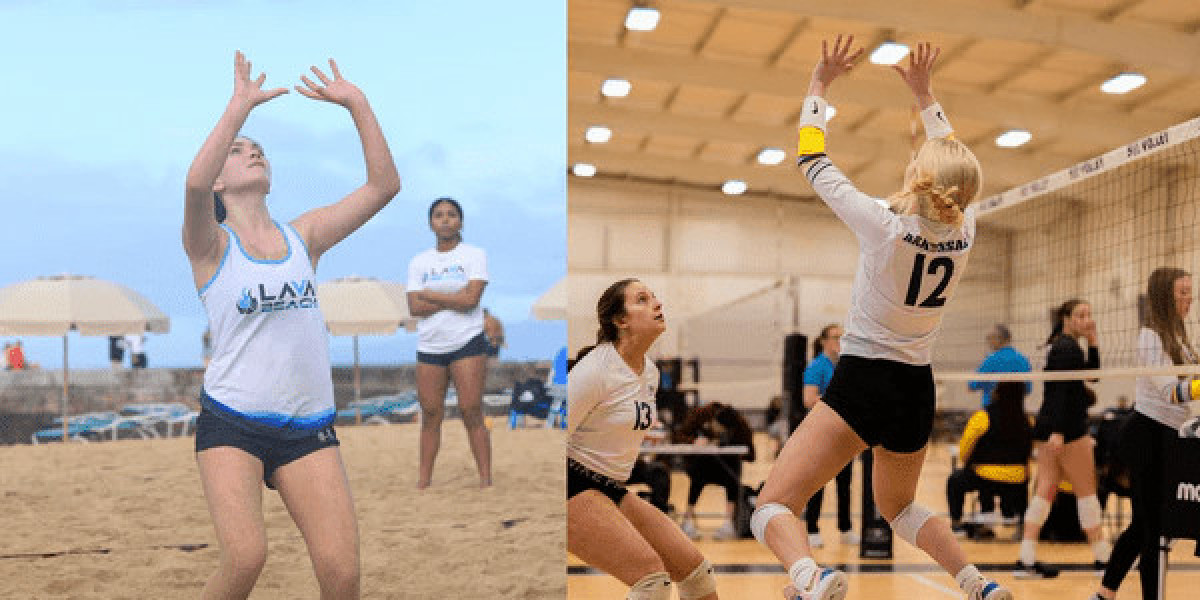Setting up a regulation volleyball court begins with one essential factor: the standard volleyball net size which ensures that every match follows official guidelines, whether it's for professional play, training, or recreational purposes.
Understanding the Importance of Net Dimensions
A properly sized volleyball net is more than a formality—it’s central to fair play, consistent gameplay, and safety. Whether you are organizing a school tournament or equipping a professional training facility, knowing the correct net specifications helps guarantee compliance with international standards.
The official measurements have been established by global governing bodies such as the FIVB (Fédération Internationale de Volleyball) and USA Volleyball. These dimensions apply across indoor and outdoor volleyball setups with some minor adjustments for the environment and gender category.
Official Net Width and Height
The standard volleyball net size refers to two main parameters: width (length) and height. Let’s break them down.
Net Width (Length)
Total length: 32 feet (9.75 meters)
Playing width (between poles): 30 feet (9.5 meters)
The remaining width outside the poles (on each side) is allocated for post padding and attachment.
Net Height
Men's regulation height: 7 feet 11 5/8 inches (2.43 meters)
Women's regulation height: 7 feet 4 1/8 inches (2.24 meters)
Co-ed, junior, and sitting volleyball: Varies based on category and age
Each variation exists to match the average reach and physical dynamics of the target player group, ensuring fairness and skill-focused play.
Construction and Materials
Net Composition
A regulation volleyball net is made from high-quality nylon or polyethylene for durability and weather resistance. It consists of a tight mesh with a square pattern and clear visibility between players.
Cable and Border
Top cable: Steel or Kevlar cord, running through a white tape to secure net tension
Bottom cable: Used for anchoring and preventing vertical net movement
Side tapes: 2-inch white vertical tapes marking the net's legal playing area
These components contribute to net stability, tension, and visibility, all vital for competitive play.
Indoor vs. Outdoor Considerations
Though the standard volleyball net size remains consistent, slight structural adjustments are made depending on the setting.
Indoor Volleyball
Nets are tightly strung between anchored poles and fixed flooring
Designed to withstand fast-paced ball impacts and close-range play
Suitable for hardwood or synthetic court environments
Outdoor Volleyball (Beach or Grass)
Poles are installed in sand or soil using anchors or weighted bases
Materials often include UV-resistant coatings and waterproof mesh
Allows for some movement in windy conditions without compromising structure
Understanding these differences ensures the equipment aligns with court conditions and weather exposure.
Net Setup and Pole Placement
Precise installation of the net and poles ensures safe and regulated play.
Pole Distance and Height
Poles should be placed 3 feet (1 meter) outside each sideline
The top of the net must align with the specified height directly above the center of the court
Poles must be padded for safety and placed at a distance that allows proper net tension
Tensioning the Net
Net tension should be even from top to bottom. A sagging net not only violates standards but can also affect ball trajectory and lead to disputes.
Use ratchet winches or tension ropes for fine adjustment
Check height from the center and both ends using a measuring stick or laser level
Who Needs Standard-Sized Nets?
Schools and Colleges
Compliance with NCAA and NFHS standards requires using official nets for training and matches. This ensures athletes are competition-ready and reduces the risk of re-training when moving to higher levels.
Recreational Centers
Community gyms, fitness clubs, and city parks benefit from using nets with standard dimensions to provide a consistent experience for users.
Professional Facilities
Whether for Olympic training or pro-league matches, regulation equipment is non-negotiable. Advanced tensioning systems, reinforced poles, and FIVB-certified materials are often used at this level.
Retail and Wholesale Buyers
For businesses selling or distributing volleyball gear, offering nets with standard specifications is essential to remain competitive and meet buyer expectations.
Common Mistakes to Avoid
Using the wrong net size or improperly installing the system can compromise the quality of play and even lead to injury. Here are frequent errors to avoid:
Incorrect net height for player category (e.g., men's net used for women's games)
Improper pole spacing, resulting in slack nets
Low-quality materials that fray or collapse under tension
Using non-padded poles which pose safety hazards
Investing in properly measured, durable equipment reduces long-term costs and maintains game integrity.
Choosing the Right Standard Volleyball Net
When selecting a net, consider these commercial and performance factors:
Material Durability
Choose UV-resistant, weatherproof materials for outdoor use and tightly wound nylon or polyester for indoor environments.
Ease of Installation
Look for nets with integrated cables, adjustable straps, and reinforced stitching. These features simplify setup and allow consistent net tensioning.
Certification
If you're purchasing for an institutional or league-level setting, ensure the net complies with FIVB, NFHS, or NCAA standards. This guarantees that the equipment meets competitive requirements.
Conclusion
The standard volleyball net size plays a crucial role in achieving regulation-level gameplay and professional standards, whether you're organizing local leagues, equipping schools, or supporting high-level competitions. By understanding official dimensions, material expectations, and installation guidelines, you ensure both safety and performance for every game.



